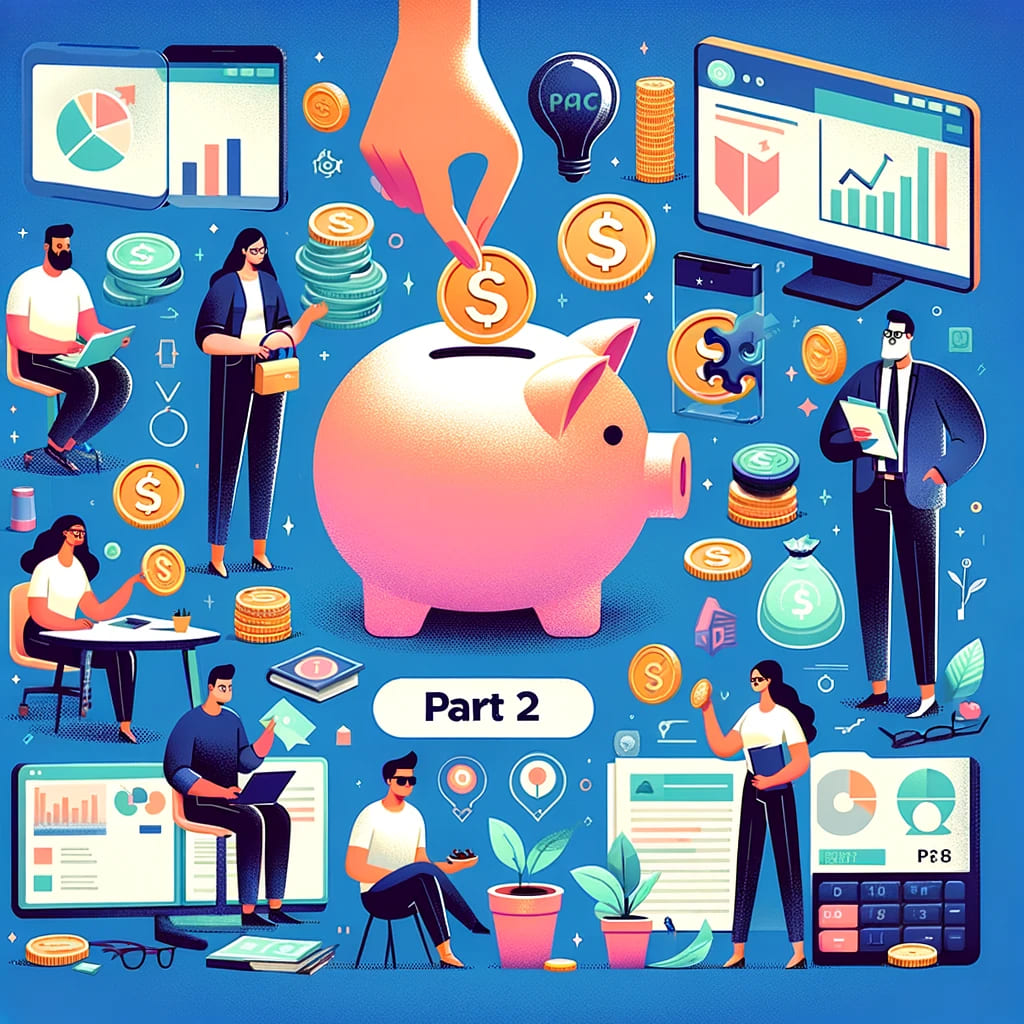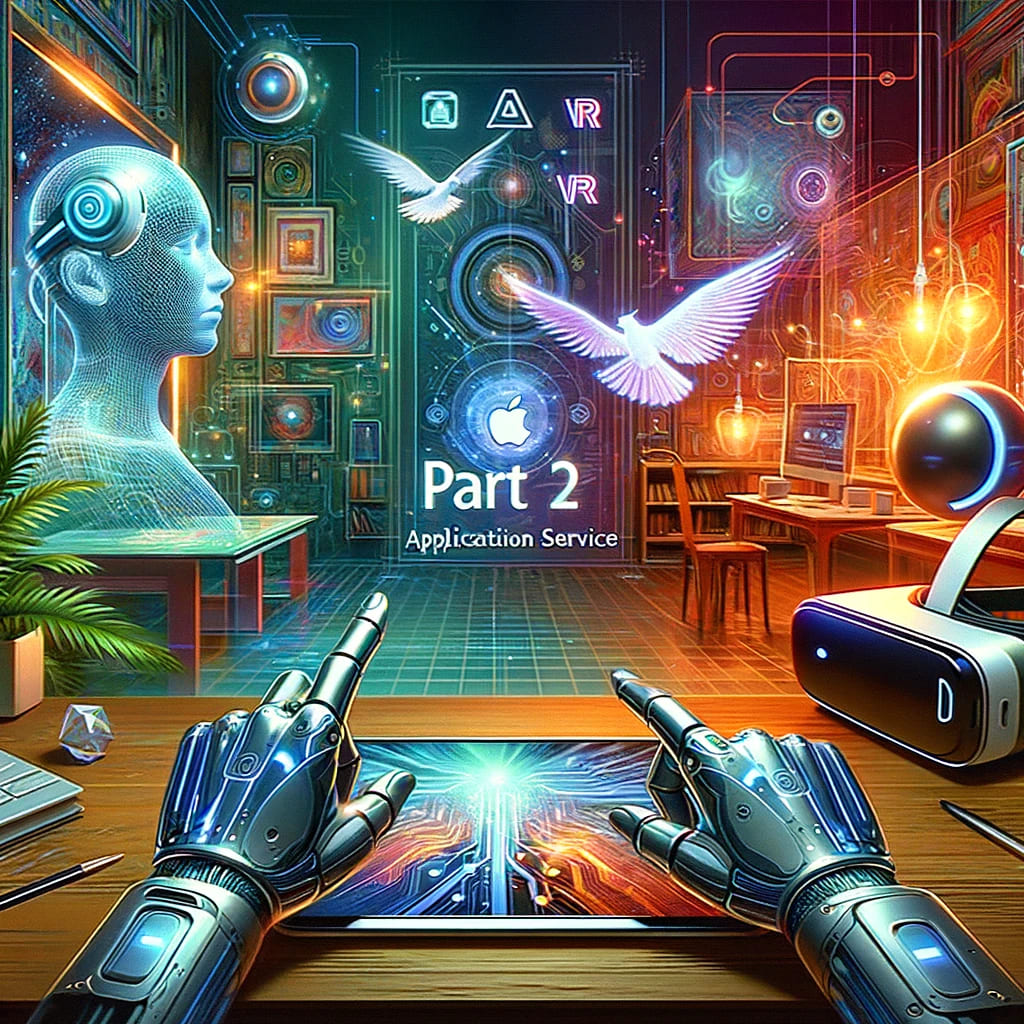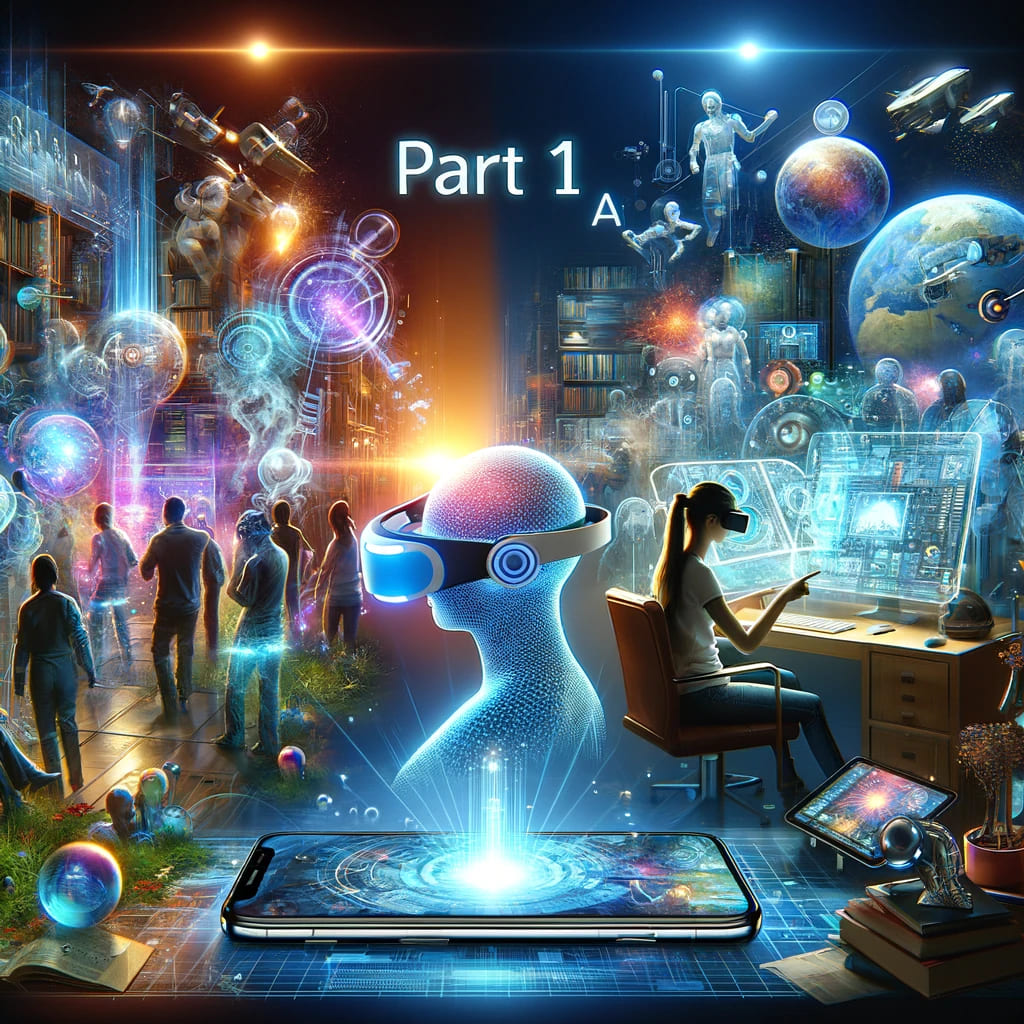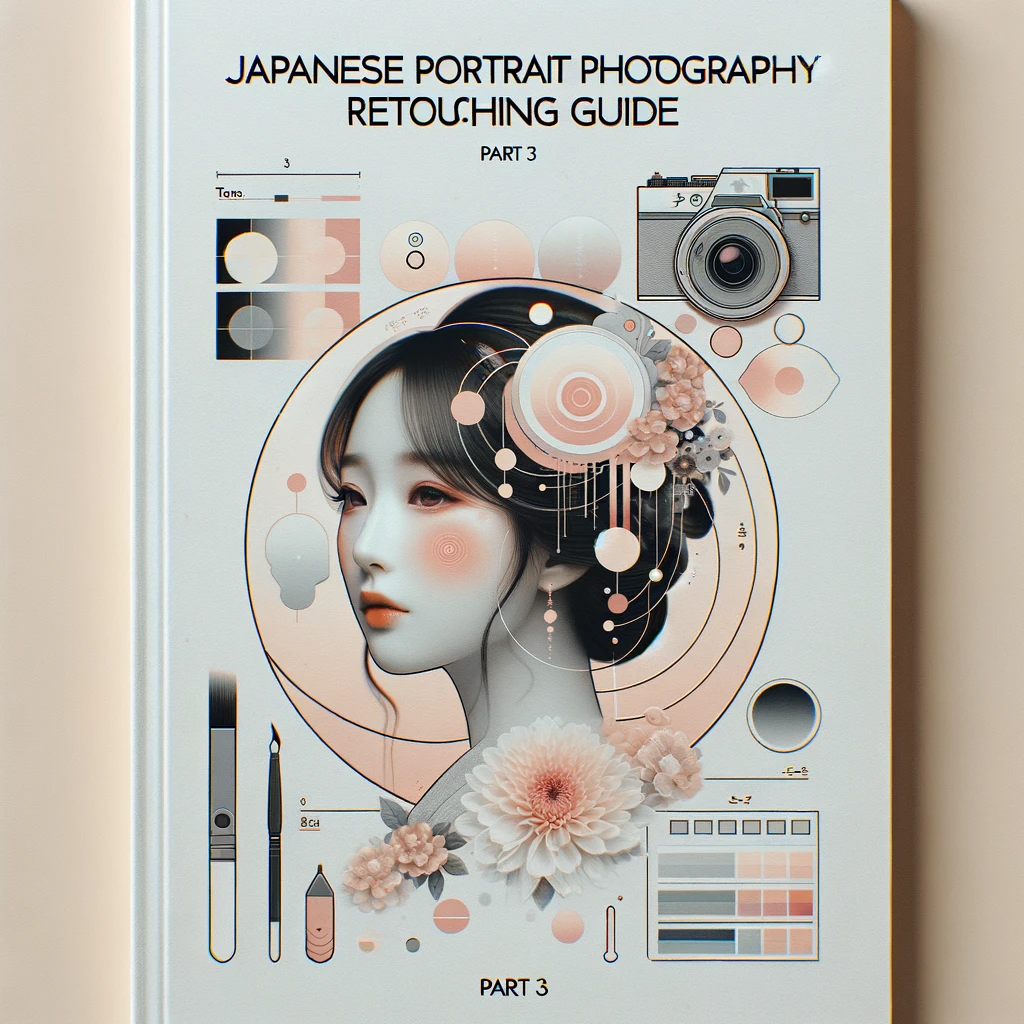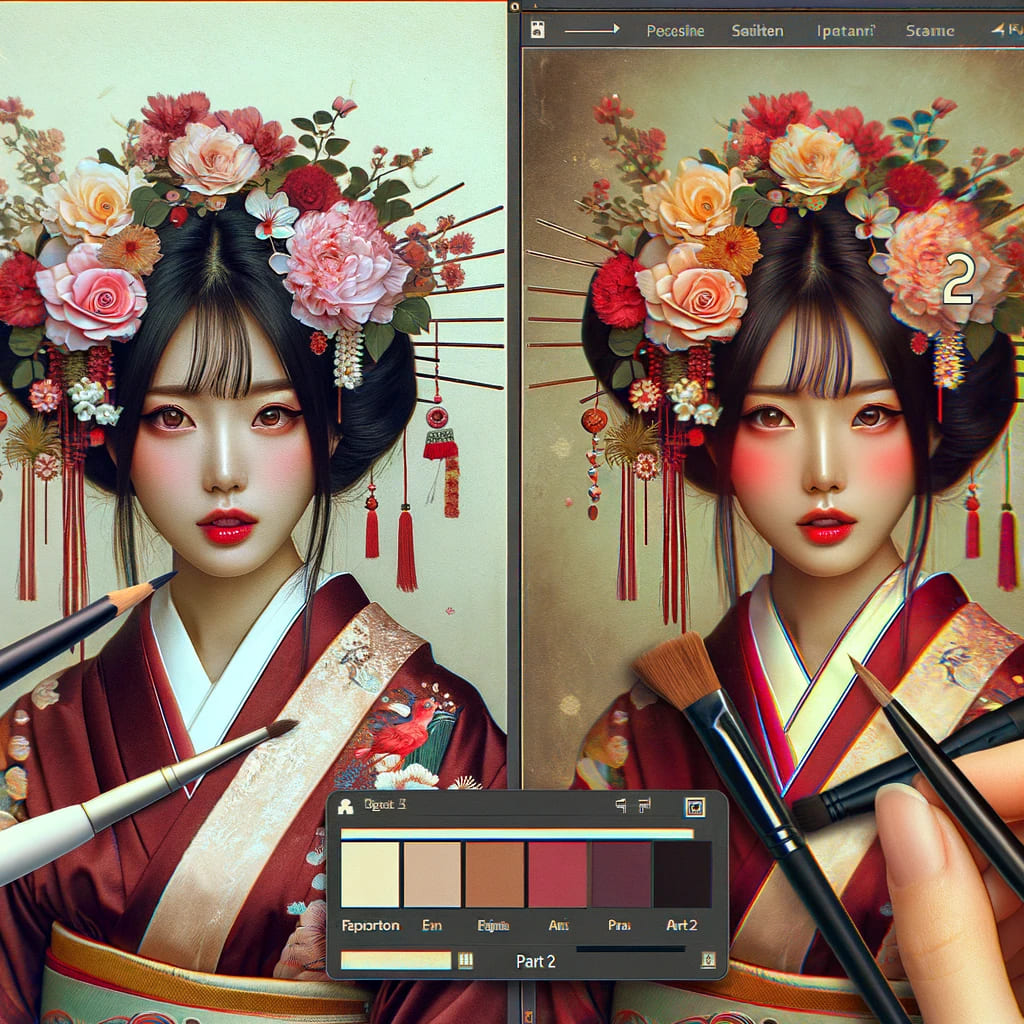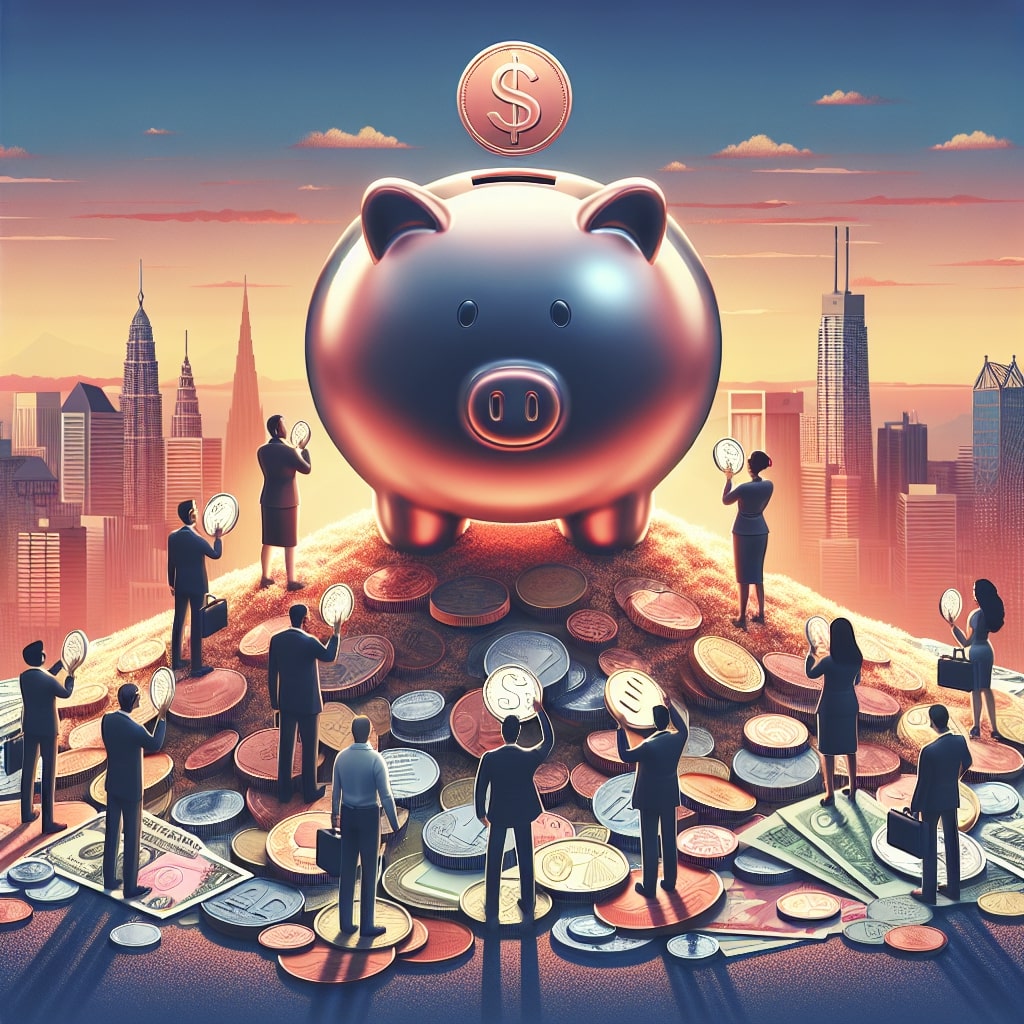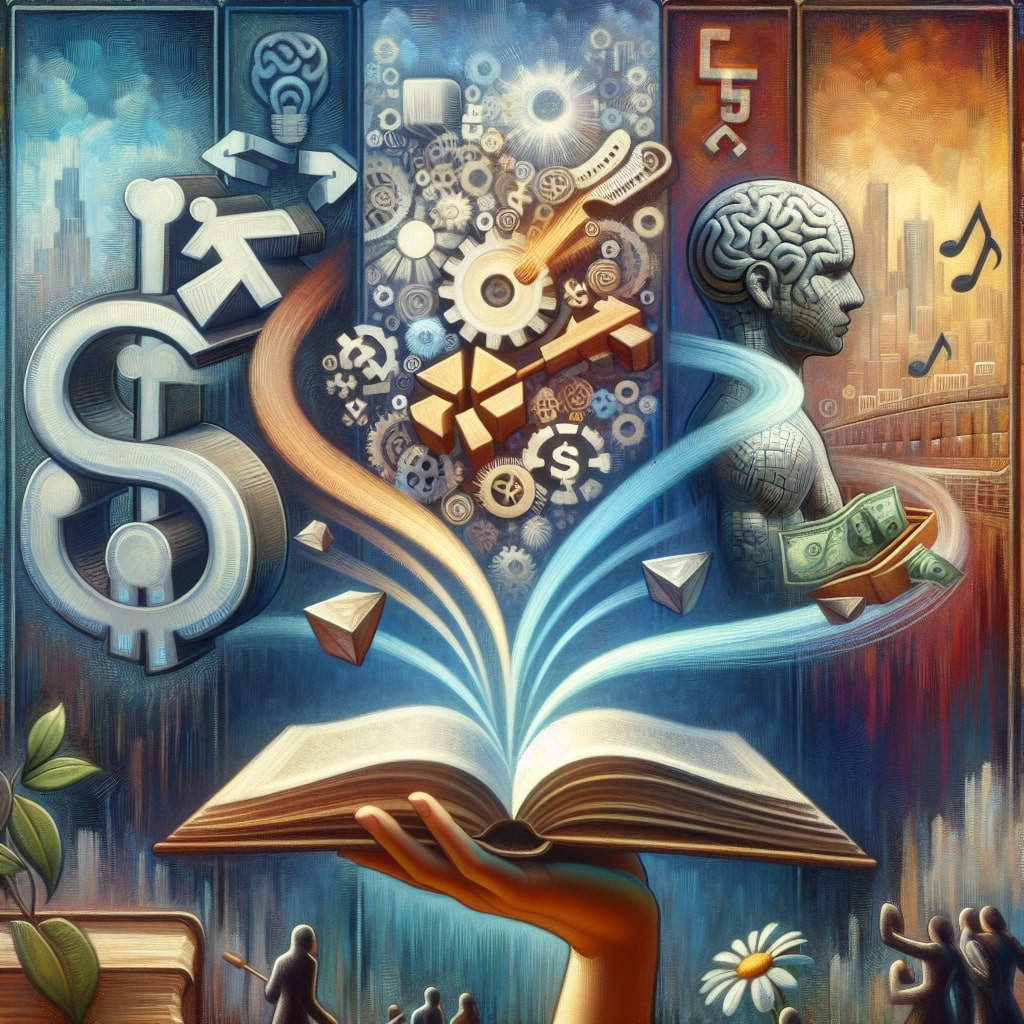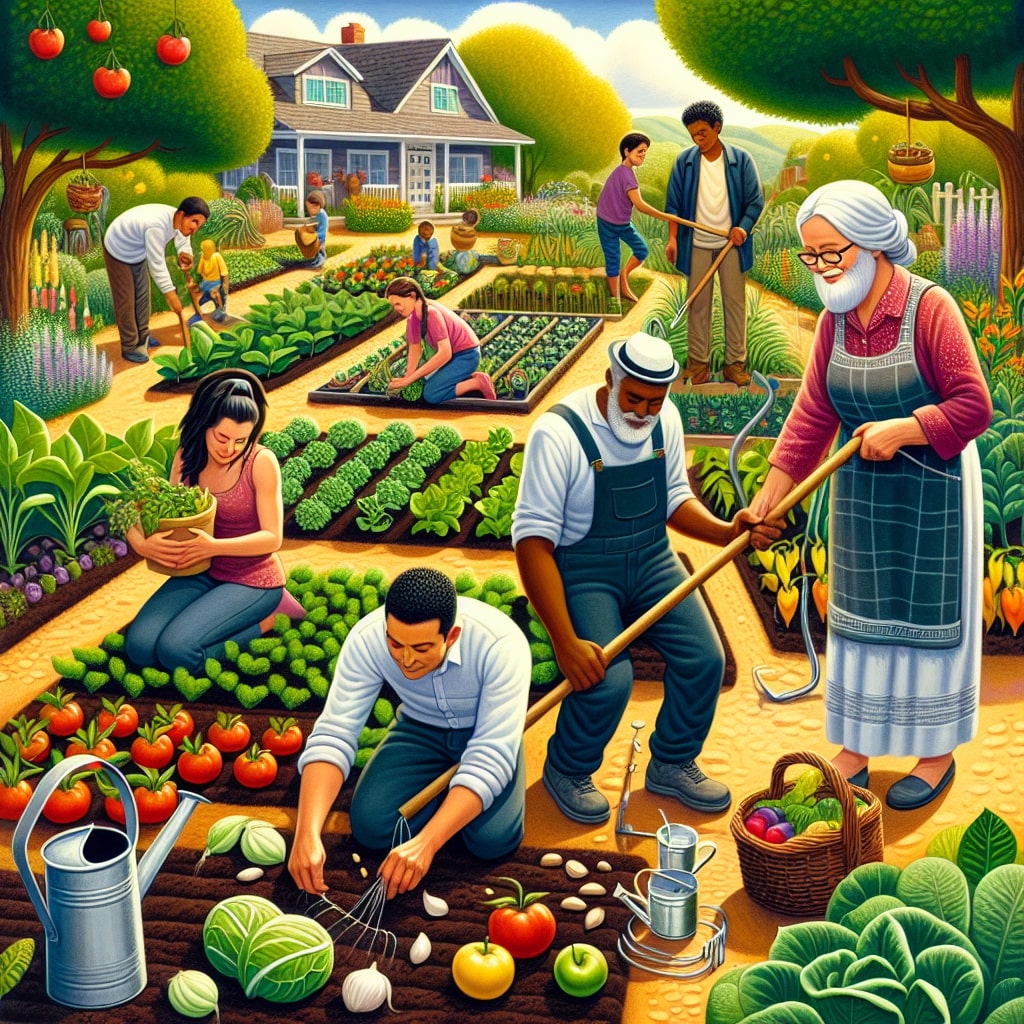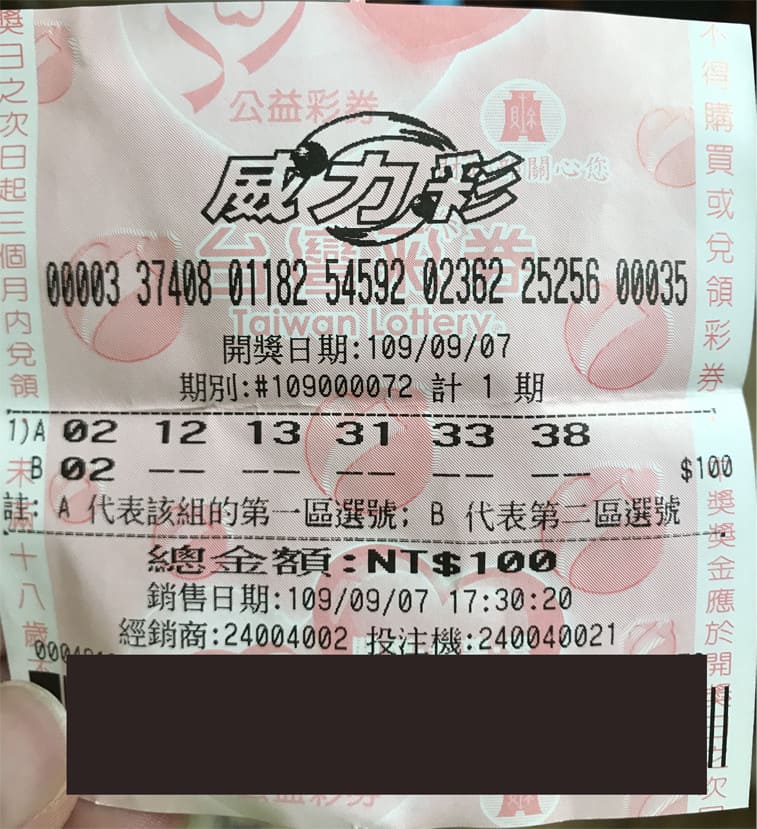LIFT's Strange Perspective
Digital Art, The Obedient Student, and Shifting Angles
Peculiar PersonPosted on 2024-01-29 22:29:28
#movie #review
Hello everyone, I'm the peculiar person who specializes in showing you some odd perspectives.
Today, I want to introduce you to "LIFT", a Netflix original adventure crime comedy directed by Felix Gary Gray, starring Kevin Hart, Gugu Mbatha-Raw, Úrsula Corberó Delgado, and other impressive cast members. Released on January 12, 2024, the movie received mixed reviews, but as an entertainment piece, it still offers quite an interesting content. I'll share some intriguing aspects of the movie with you.
Rather than delving into standard film reviews and critiques, which are readily available online, I prefer to write about aspects that, although they may not be critically significant to the film's plot, could still be helpful to some people. That's the charming part of movies, isn't it?
Let me share three things with you:
- Crisis and NFT Value Enhancement Strategy
- Do Teachers Prefer Well-Behaved Students?
- Changing Perspectives to Innovatively Solve Problems
 Generated by OpenAI DALL·E 3
Generated by OpenAI DALL·E 3
Crisis and NFT Value Enhancement Strategy
The movie mentions how Van Gogh's paintings appreciated rapidly in value after his death. "LIFT" applies this concept to the recently popular NFTs. Kevin Hart's character, Cyrus, and his team, without causing any bloodshed or death, exponentially increase the value of NFT artworks in a short time. This concept is quite intriguing, but don't misunderstand, I'm not encouraging actual execution of such strategies!
The idea is to create a crisis to increase the value of NFT products. This strategy usually involves creating scarcity, increasing demand, or creating a unique market situation. Here are some methods and examples:
- Limited Edition: Limiting the supply of NFTs creates scarcity, thereby increasing their value. For instance, an artist might create only 10 digital art NFTs. This limited edition strategy attracts collectors and investors, as these works are seen as rare with potential growth in value.
- Exclusive Rights or Experiences: Providing special rights or experiences related to NFTs, such as access to exclusive events or content from artists or creators, increases the attractiveness and value of NFTs.
- Interaction and Community Involvement: Building an active community where NFT holders can participate in decision-making or express opinions about the future direction of NFTs increases demand.
- Artist or Brand Collaboration: Collaborating with renowned artists or brands adds extra value and recognition to NFTs. This type of collaboration usually attracts followers and collectors from both parties.
For example, an NFT project creates a series of digital artworks and announces this as the only opportunity to release these works. To increase tension and anticipation, the team declares that all unsold NFTs will be destroyed after a certain time, a strategy known as the "burn" mechanism. This creates a crisis feeling that if not purchased within the allotted time, these NFTs will cease to exist. This ignites a purchasing desire, leading to a significant increase in the value of these NFTs in a short time.
In the movie, by kidnapping the creator of an NFT, they similarly achieve limited release conditions, creating scarcity for the artwork and instantly inflating the value of the NFT. Although exaggerated in the film, the concept is quite interesting.
However, this strategy, while effectively increasing the value of NFTs, comes with risks. Market acceptance of such practices, legal and ethical issues, and potential market bubbles are factors to consider. Therefore, careful assessment and planning are needed when adopting this strategy.
Do Teachers Prefer Well-Behaved Students?
In the film, Cyrus discusses with Abby why she became an international criminal police officer and what kind of person she was in school. Cyrus notes that teachers do not genuinely prefer students who strictly adhere to rules and are always well-behaved. However, this statement can be both right and wrong. The key is how teachers view their profession. So, what kind of teachers would they be?
Characteristics of Teachers Who Prefer "Well-Behaved and Rule-Following Students":
- Traditional Teaching Style: These teachers tend to traditional methods, valuing discipline and norms as key to maintaining classroom order and effective teaching.
- Authoritative: They may prefer a top-down teaching approach, expecting students to fully follow their guidance, seeing this as respect and learning efficiency.
- Focus on Results: Such teachers may focus more on learning outcomes (like exam scores) rather than the learning process or students' creative thinking.
- Resistant to Change: They may be reluctant to change their teaching methods or adapt to new educational concepts, thus preferring students who do not challenge the status quo.
Characteristics of Teachers Who Do Not Prefer "Well-Behaved and Rule-Following Students":
- Innovative and Flexible Teaching Methods: These teachers encourage creative thinking and problem-solving skills, wanting students to learn proactively and think critically.
- Valuing Student Participation and Interaction: They value student participation and classroom interaction, encouraging students to express their views, even if they differ from traditional ideas or the teacher's.
- Supporting Student Autonomy: These teachers believe students should develop their learning styles and interests and encourage self-exploration in the learning process.
- Adaptable: They are willing to adapt to new educational concepts and methods, seeking to continually improve their teaching effectiveness.
Different teachers have different teaching styles and philosophies, which influence their expectations and preferences for students. Importantly, education should adapt to each student's needs, helping them develop into independent thinkers and creative problem solvers. Thus, a somewhat irresponsible conclusion might be that those who see teaching merely as a job for earning a living may prefer such students; while those who believe in inspiring students would encourage them to be more than just obedient listeners (although this means more work).
Changing Perspectives to Innovatively Solve Problems
In the aforementioned scene, Cyrus also talks about how he often coldly watches his classmates struggling to solve problems on the blackboard, choosing not to participate. He thinks about solving the problem in other ways or considering it from different angles to see various aspects of the issue. He believes there's no need to be constrained by the problems on the blackboard or even the rules of the classroom.
The implication here is that when we encounter difficulties in solving a problem, changing our thinking perspective or considering a related or different problem can sometimes help us find solutions to the original problem or gain new insights. This way of thinking encourages flexibility and creativity, often useful in science, mathematics, engineering, and even daily life.
For example, suppose an engineer is trying to increase the range of an electric vehicle. The traditional approach is to try to increase battery capacity, but this faces technical and cost limitations. After several unsuccessful attempts, the engineer considers a different problem: how to reduce the vehicle's energy consumption?
The engineer then begins to study the vehicle's aerodynamics, looking for ways to reduce air resistance. By redesigning the vehicle's exterior, they significantly reduce air resistance, thereby reducing energy consumption. This change allows the electric vehicle to have a longer range with the same battery capacity.
In this case, the engineer initially focused on the problem of increasing battery capacity but then shifted to thinking about how to reduce energy consumption, a different problem. This shift in thinking not only helped find a way to improve the range of electric vehicles but also brought inspiration to other aspects of car design.
The essence of this strategy is that when faced with a difficult problem, trying to approach it from different angles or different problems can provide us with new solutions or innovative inspiration. This method is very effective in various fields, especially in situations that require creative thinking and problem-solving.
Whether a movie is good or bad, everyone can have their own opinion. However, for me, as long as there are some interesting things in it that can be repeatedly pondered after watching, even if the plot is ordinary or simply thrilling, it can still bring gains. In this way, isn't this also a change of perspective in viewing things?



